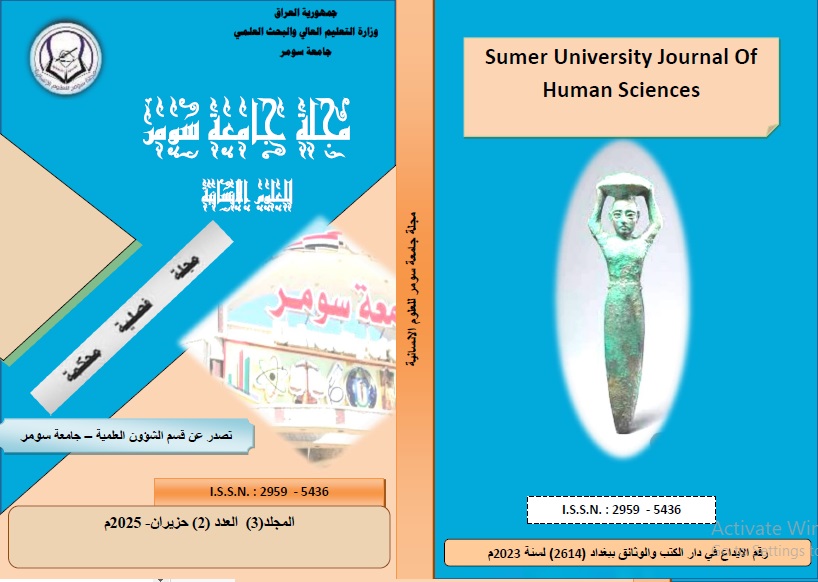Spatial Analysis of Child Beggars and its Impact on the Population of Al-Rafai City
Abstract
Child begging has become a pressing issue affecting many societies, including Iraqi society, due to its numerous negative consequences. Despite the presence of multiple factors contributing to the spread of this phenomenon, its growing prevalence demands careful examination. This study addresses the issue of child begging in the city of Al-Rifai from a spatial analysis perspective, identifying key locations where child beggars are concentrated, exploring the underlying causes of the phenomenon, and assessing its social, economic, psychological, and security-related impacts on the city's residents.
The researcher employed a descriptive-analytical method to explore the dimensions and implications of the issue. In addition, a social survey was conducted through direct interviews with a random sample of child beggars. The findings revealed a high concentration of child begging in densely populated areas, commercial zones, and marketplaces. Al-Sharq neighborhood ranked highest in terms of child beggar presence (18.6%), while Al-Karama and Al-Muallimeen neighborhoods recorded the lowest rates (3.7% each). The study concludes with a set of proposed solutions and recommendations aimed at mitigating the phenomenon.


